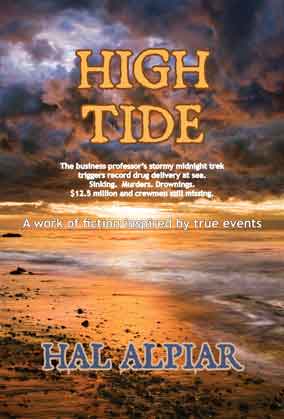MOTIVATION RE-VISITED (Part II of II)
A smack
alongside the head,
a kick in the butt, or
cash under the table…
are not always
the best motivators!
Yesterday we resurrected Abraham Maslow’s “Heirarchy of Needs” to explain the compelling backdrop to his definitive theory of motivation, and provide some practical examples. Maslow’s Theory essentially says that effective (i.e., satisfying and productive) motivation occurs only by understanding, measuring and rewarding individuals at the specific need level each represents at any given point in time.
I suggested the best way to accomplish this is to “be a detective” in order to determine where someone is “coming from” and what it is that best makes her or him “tick.” This, I noted, is particularly important because (except for those with unhealthy emotional burdens) we all tend to change need levels with some regularity, and often instantaneously, depending on circumstances.
For those not connected to Miami CSI or Law & Order, I recognize this detective task can seem daunting to say the least, because you simply may not want to expend the energy or approach the point of intimacy that may be required to determine, for example, a particular employee’s need level.
So, like many of life’s choices, you must decide how important it really is for you to motivate someone in a manner that is most meaningful and appreciated by that individual, which of course means that it is also most productive for your business.
If you and your business are in fact heartily invested in a person’s performance and general well-being, you will want to explore the idea of putting Maslow’s Theory to work.
The most important and effective first step in this process is for you to get better focused on what makes YOU tick! When you are able to figure out your own need level history and movements, you will be putting yourself in a better position to maximize the potential and loyalty of others.
How to do this: Consider joining a personal and professional development growth group. Many of these cater to business owners and managers who share similar concerns. If you’re not uncomfortably threatened by the idea of it and can afford it, try attending a group therapy session; these can be enormously healthy and helpful experiences if you stay focused on what you can learn about yourself. Or simply take a course in photography or painting or sculpting or creative writing or crafts or pottery.
Take advantage of every opportunity to learn more about your SELF . . . who you really are, deep down. Attend self-development conferences and workshops. Read. Try writing a memoir or –an even better (and quicker) exercise that most people find revealing to say the least, write your own obituary.
See what you can learn about you, about how you respond (or react) to different issues, incentives, people, places, situations. There is no right or wrong here. There is only exploring and learning. Then application. Apply what you find out about what it takes to motivate yourself, and –from that informed perspective– begin to do what it takes to keep the best people on your team.
# # #
FREE blog subscription: Posts RSS Feed
Hal@Businessworks.US 302.933.0116
Open Minds Open Doors
Make today a GREAT day for someone!
Click Here to Comment On This Post


